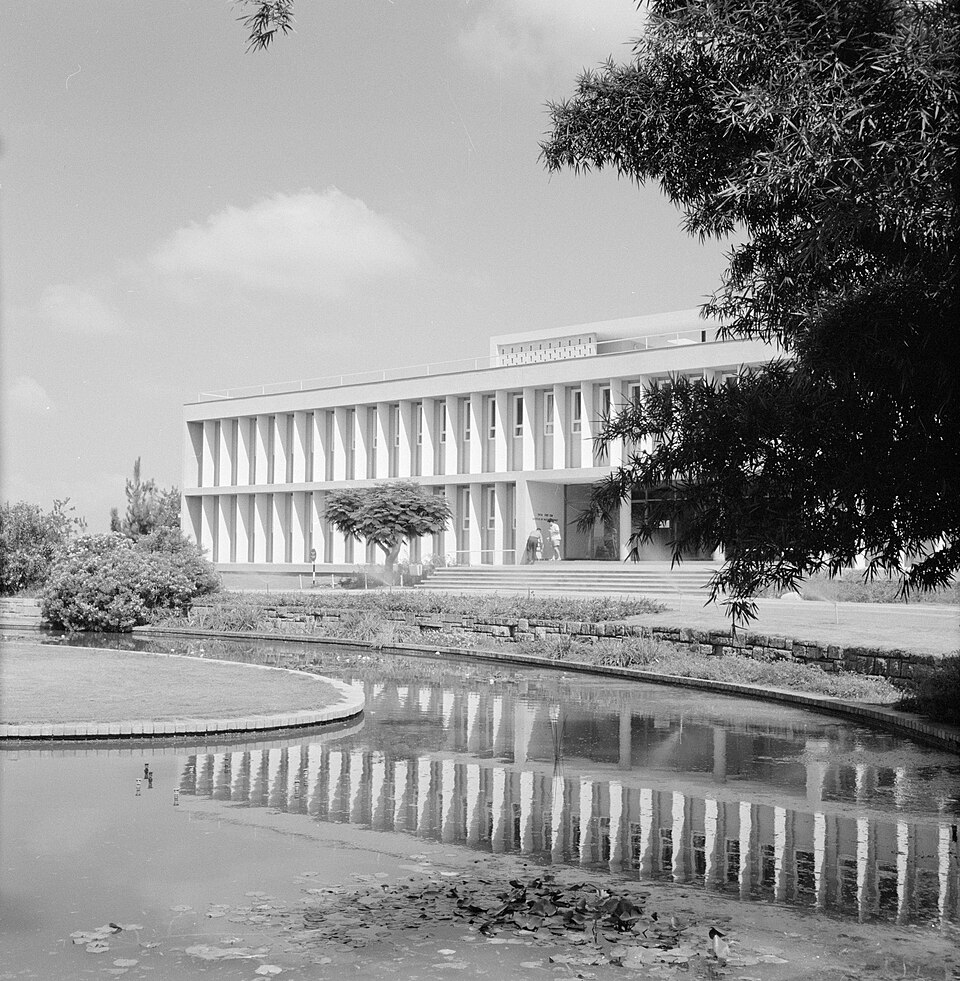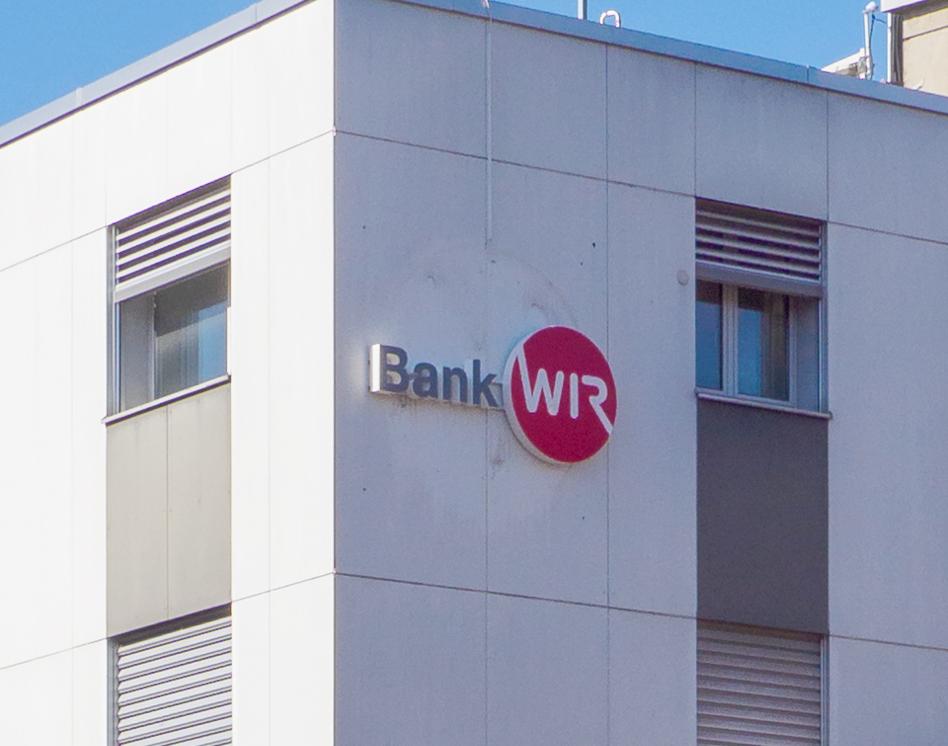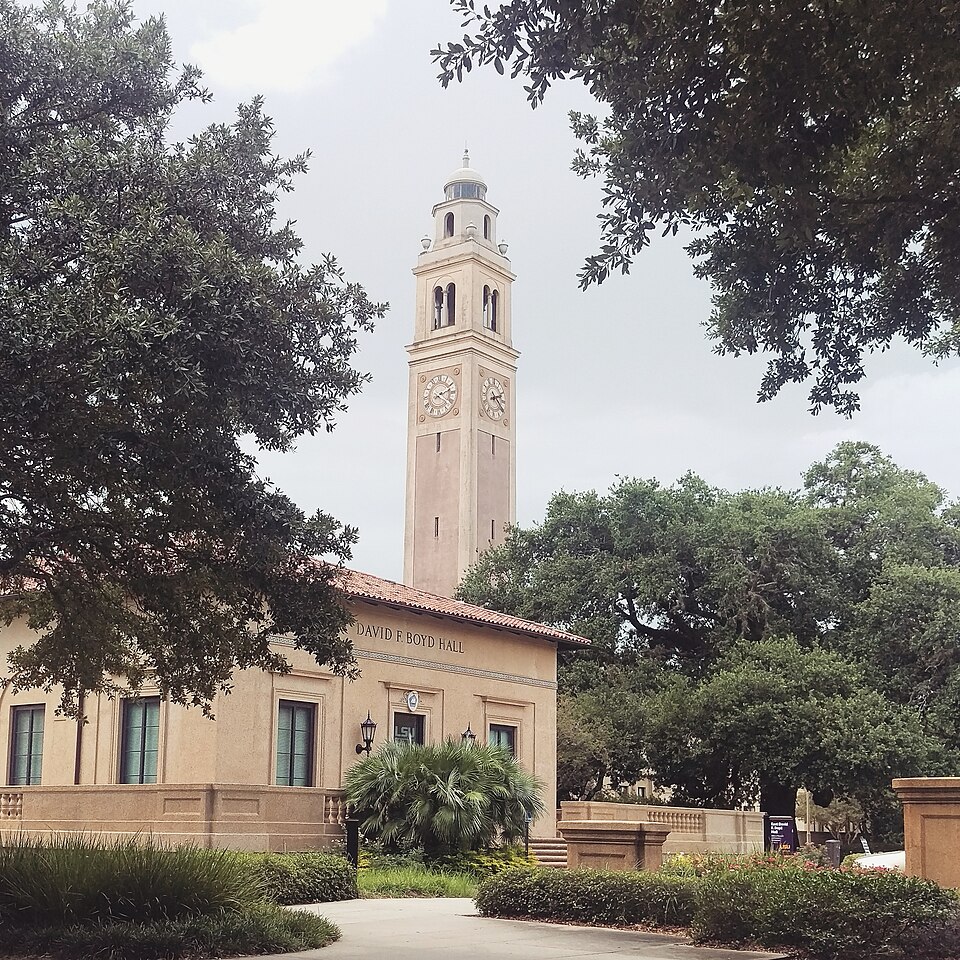Every fry that lands in a red carton starts from a small set of russet potato cultivars, but its journey soon involves rail cars chilled below freezing, long-haul trucking lanes and distribution centers timed to the minute. The uniform crunch customers expect is the outcome of that engineering, not an accident of farming.
Together those links illustrate how modern logistics turns an earthy tuber into a global staple—and why any weak spot, from soil sugar levels to boiler efficiency, can ripple across 40,000 restaurants.
The Journey of a McDonald’s Fry
- About nine million pounds of fries leave McDonald’s restaurants daily, a scale that forces industrial logistics.
- Four russet cultivars dominate because their starch profile survives long storage and high-heat frying.
- Mega-farms in Idaho and Washington feed processors such as Simplot, McCain and Lamb Weston year-round.
- A refrigerated rail corridor and pilot fleets of self-driving reefers trim freight costs and fuel use.
- Targeted upgrades—from boiler retrofits to precision irrigation—chip away at water, energy and carbon.
Seed, Soil and Select Varieties
McDonald’s notes that its World Famous Fries are made from “quality potatoes, including Russet Burbank, Ranger Russet, Umatilla Russet and Shepody,” because each offers the long shape, low sugar and high starch that survive flash-freezing, explains a 2021 technical note on McDonald’s. Even small sugar spikes can darken a batch, so genetic consistency is the first control point.
Geography matters as much as genetics. Idaho’s volcanic soils and the Columbia Basin’s steady irrigation deliver cool nights and long days, ideal for building dense starch granules. The two states together produced about 56 percent of the United States’ 44-billion-pound 2023 potato crop, notes The Spokesman-Review.
Because fry processors run year-round, the harvest must last through spring. Growers chill freshly dug tubers just above freezing with high humidity to keep sugars stable until plants switch on again.
Even storage is selective. Tubers that fail a handheld color test—too much natural sugar—are routed to dehydrated flakes instead of fries, maintaining visual uniformity at the restaurant.
Mega-Farms and Precision Harvesting
Scale starts in the soil. At 100 Circle Farms in Washington, GPS-guided harvesters can lift thousands of tons of potatoes in a single day, according to a 2025 supplier profile on McDonald’s.
Center-pivot irrigation rigs—those wide green circles that appear on satellite images—allow farmers to inject water and fertilizer within inches of target roots, shaving both inputs and runoff. The practice also reduces tuber deformities that would later jam cutting blades.
Once harvested, potatoes roll into ventilated storage sheds where fans, humidifiers and sensors keep temperature at about four degrees Celsius. That window slows sprouting without triggering the sugar buildup that darkens fries.
Because processors demand steady throughput, farms stagger harvest windows and sometimes lease neighboring sheds to avoid bottlenecks when weather compresses digging schedules.
Inside the Processing Pipeline
Roughly 70 percent of U.S. potatoes go straight to processors such as J.R. Simplot, McCain Foods and Lamb Weston, estimates The Spokesman-Review. Each plant operates like a food-grade steel refinery, turning raw tubers into uniform, half-cooked strips at rates that can exceed a ton per minute.
At Simplot’s Caldwell, Idaho complex, three natural-gas boilers power washers, steam peelers and blanchers that together produced about 270 million pounds of frozen fries a year as of a 2010 case study, reports the U.S. Department of Energy. Heat-recovery loops now capture stack energy to pre-warm incoming wash water, cutting fuel demand and moisture discharge.
After cutting, strips travel through a blancher that arrests enzymes and leaches excess sugars. To ensure a consistent golden tone, operators can dip the cuts in maize-derived dextrose before frying, as a 2018 FAQ from McDonald’s UK explains.
The fries are then par-fried, frozen in a minus-18-degree Celsius tunnel and robot-stacked onto pallets. From intake to pallet, the journey stays short, limiting ice crystal growth that would otherwise shred cell walls.
Because color and texture degrade with time, processors tag each pallet with a data-rich barcode that logs oil absorption, sugar profile and freezing rate, letting downstream distribution centers sort loads by remaining shelf life.
Sub-Zero Warehousing and Demand Timing
Finished pallets enter high-bay freezers tall enough to swallow a five-story building. Automated cranes slide between aisles at minus 18 degrees Celsius, placing inventory according to expected pull dates.
A modest marketing bump such as National French Fry Day can translate into hundreds of thousands of extra cases nationwide, so planners stage inventory near regional spikes weeks in advance, according to a 2025 corporate blog on McDonald’s.
Holding product too long, however, ties up freezer real estate and energy. Plants therefore balance keeping enough inventory close to demand spikes with not holding pallets so long that quality or storage costs suffer.
Rail as the Long-Haul Backbone
Since 2006 McCain Foods has filled unit trains of refrigerated boxcars for a 2,000-mile run from Portage la Prairie, Manitoba, to Martin Brower’s Manassas, Virginia distribution center, a shift that replaced about 1,800 truckloads a year and sliced freight bills by up to 30 percent, reports Food Logistics.
Cryo-Trans boxcars maintain minus-20-degree cargo holds while outbound locomotives haul baking-mix backhauls west, improving utilization that once ran empty.
"With current truck rates, the driver scarcity and fuel prices all going up, we needed a way to limit those expenses."
At Manassas forklifts move pallets into waiting reefers bound for 635 restaurants between Baltimore and Richmond. Because rail transit takes four days, planners build a two-week safety stock to cushion winter delays.Road Links and Autonomous Pilots
Martin Brower, McDonald’s master distributor, runs dozens of U.S. distribution centers and a fleet of refrigerated tractors that collectively logs tens of millions of delivery miles each year, according to FleetOwner.
In 2022 the company began testing self-driving rigs from Kodiak Robotics on an eight-run-per-week lane between Dallas and Oklahoma City. The trucks have already made hundreds of autonomous deliveries while a human safety driver monitors from the cab.
"We chose Kodiak because we share a mutual commitment to safety and customer service."
Kodiak co-founder Don Burnette added that “your next order of fries may have traveled on a Kodiak truck,” underscoring how quickly automation is moving from pilot to routine middle-mile tool.Analysts like the arrangement because interstate lanes offer long, simple stretches well suited to autonomy, while human drivers still handle urban pickup and final docking—tasks that demand nuance computers lack today.
Final Mile and Restaurant Rigor
At the restaurant, drivers wheel palletized cartons straight into a walk-in freezer kept near minus 18 degrees Celsius. Store teams follow a first-in, first-out rotation to prevent sublimation—the slow moisture loss that can render a fry limp despite proper cook time.
Fryers are kept within a narrow temperature band and cook times are tightly standardized so that surface moisture is driven off without over-browning, McDonald’s guidance notes on its FAQ.
Salt hits immediately after the wire basket shakes to halt residual cooking. Any deviation—a freezer door ajar too long, fryer oil past discard life—risks a dark, floppy fry that social media rarely forgives.
Sustainability Pressures and Experiments
Growers have begun testing variable-rate irrigation that cuts water use on sandy patches while maintaining yield elsewhere. Simplot and Lamb Weston also trial low-carbon fertilizers that embed calcium ammonia nitrate within polymer films to meter nitrogen release.
At the plant level, Simplot’s Caldwell boiler retrofit saved about 52,000 MMBtu (million British thermal units) of natural gas per year by replacing burners and adding oxygen controls, reports a U.S. Department of Energy case study cited by PotatoPro. Heat savings flow through the supply chain because lower steam demand reduces condenser loads on refrigeration units.
Rail already emits a fraction—often one-quarter to one-third—of the carbon per ton-mile of long-haul trucking, according to freight-industry analyses, and autonomous rigs aim to trim idle time, smoothing diesel burn. Engineers are now studying electric refrigerated trailers that draw from grid-charged battery banks instead of diesel gensets.
Researchers at land-grant universities are also editing russet genomes for bruise resistance, which could raise factory yields by reducing trim waste. Any new cultivar, however, must match McDonald’s fry color curves across a 12-month storage cycle—a hurdle that has kept the current four-variety lineup dominant for decades.
Challenges and Outlook
Water rights remain volatile across the Snake and Columbia river basins, and climate models project hotter nights that can elevate tuber sugar even before harvest. Processors are therefore investing in closed-loop chillers that can operate efficiently at higher ambient temperatures.
Labor also looms. The American Trucking Associations has repeatedly flagged a nationwide driver shortfall, making autonomous pilots more than a tech demo. Yet regulators still debate how to certify unmanned vehicles at interstate scale.
Further down the chain, inflation and antitrust scrutiny—highlighted by a 2024 lawsuit alleging price collusion among Idaho processors—could shift bargaining power over contract pricing, putting cost pressure on both growers and restaurants.
If electric reefers gain range and regulatory support, the network could one day move more freight from diesel to grid power, but only if spare kilowatts exist during peak summer draw. Energy planners already model how that load competes with residential air-conditioning.
Conclusion
By the time a crew member dips a wire basket into hot oil, each fry has survived a year’s worth of agronomy trials, precise harvesting windows, multi-state rail corridors and mile-counted trucking lanes. The final 60-second sizzle merely crowns a process measured in terabytes of field data and megawatt-hours of refrigeration.
That hidden effort shows why the french fry remains McDonald’s most ordered item: behind every crunch sits a supply chain that treats uniformity as non-negotiable—one golden stick at a time.
Sources
- Newsweek staff. "Cat Sneaking Single McDonald’s French Fry Melts Hearts." Newsweek, 2022.
- McDonald’s Staff. "How do you make your fries?." McDonald’s FAQ, 2021.
- McDonald’s Staff. "Why do you add dextrose to your fries?." McDonald’s UK FAQ, 2018.
- T. Clouse. "Idaho potato companies have been mashing consumers with price collusion, anti-trust suit alleges." The Spokesman-Review, 2024.
- McDonald’s Staff. "100 Circle Farms." McDonald’s, 2025.
- PotatoPro Staff. "Burner upgrade at Simplot’s Caldwell potato processing plant benefits performance." PotatoPro, 2010.
- U.S. Department of Energy. "J.R. Simplot: Burner Upgrade Project Improves Performance and Saves Energy at a Large Food Processing Plant." DOE, 2004.
- Food Logistics Staff. "Rail Yields Super-Sized Benefits." Food Logistics, 2006.
- J. Fisher. "Kodiak’s self-driving trucks join Martin Brower’s fast-food supply chain." FleetOwner, 2024.
- McDonald’s Staff. "National French Fry Day." McDonald’s Corporate, 2025.




